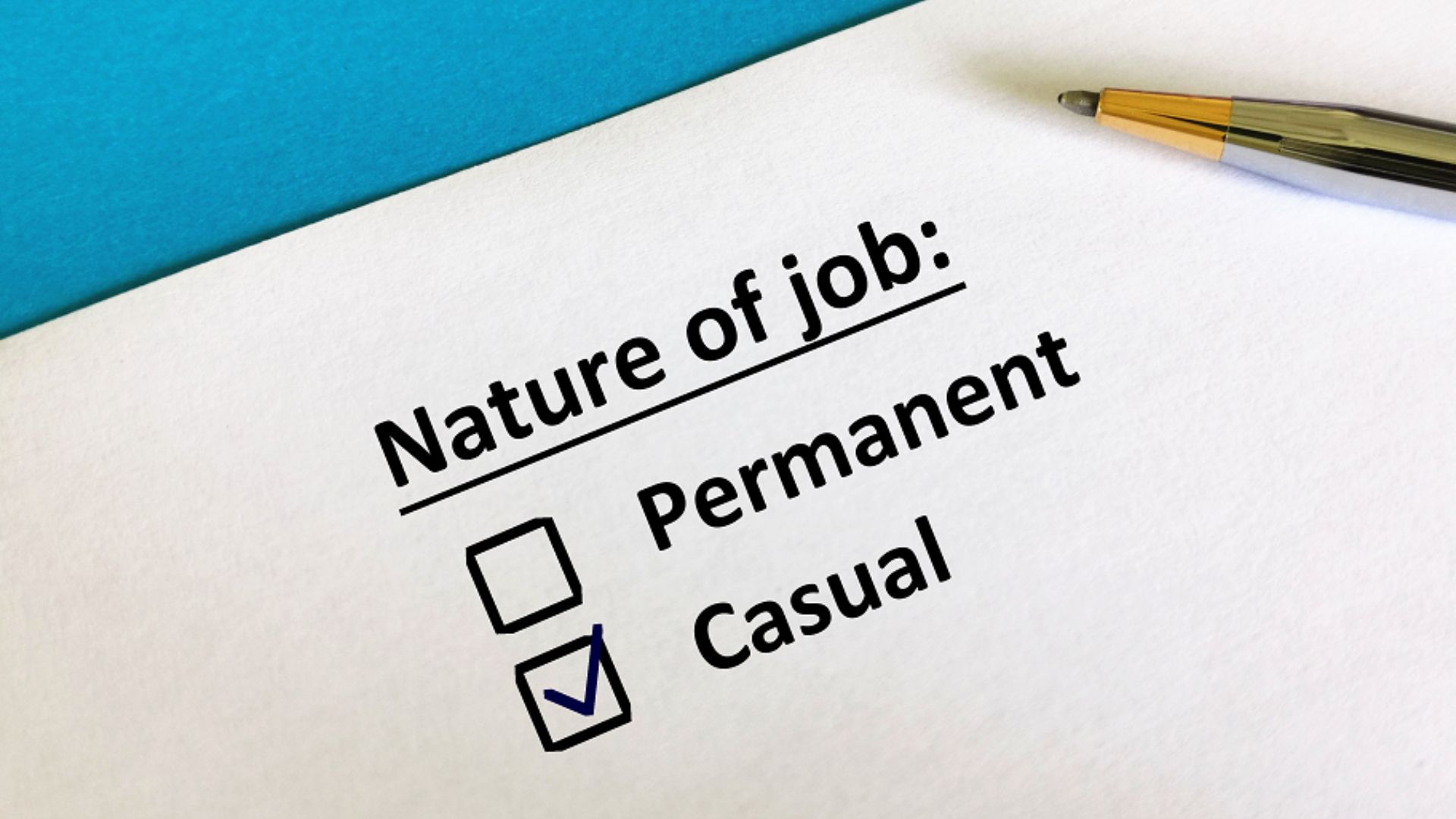Whilst the housing affordability crisis has eased over the past few years, it still remains an issue across many of Australia’s larger cities, this has resulted in some first home buyers to buy their first home as an investment property rather than one to live in.
Buying your first home as an investment can deem you ineligible for the first home incentives as most states will only allow you to receive incentives for your first-ever property purchase, disregarding the intention for your first home purchase. The minimum deposit required for rentvesting does differ to those that are looking at the first home purchase as an owner-occupier.
WHAT IS RENTVESTING?
Rentvesting is a term used to describe first home buyers who buy their first home as an investment property rather than an owner-occupied property to maximise the tax benefits or because they simply cannot afford to buy as an owner-occupier in their desired suburb.
Many first home buyers choose to rentvest as they may want to live in a certain location due to factors such as wanting to be located close to their workplace (e.g. wanting to live in inner Sydney if you are working in the CBD). This may be because the property prices in your area of choice may be unaffordable, therefore you may consider buying further out as it is more affordable.
Other reasons for rentvesting may be that you want to take advantage of the current tax incentives available to property investors or wanting to buy interstate where there may be better capital price growth opportunities.
HOW MUCH DO I NEED TO CONTRIBUTE WHEN RENTVESTING?
When buying investment property, the minimum deposit required by lenders is always more than for those looking to buy an owner-occupied property. This is as a result of recent changes recommended by APRA- the governing body for the home loan market in Australia.
The minimum deposit required for rentvesting is 10% if you are looking to pay LMI (lenders mortgage insurance) in addition to your deposit or if you are eligible for an LMI waiver as a professional (i.e. legal professionals, medical professionals and accountants).
If you decide to go with the recommended and cost-saving option of a 12% deposit this would mean you can reduce your LMI cost. The LMI would be capitalised onto your loan, and it will ensure your loan is less than 90% of the property value. The higher the deposit you contribute the less the LMI cost of the loan.
At FHBA Mortgages we also have a few lending options which will allow you to buy an investment property with a deposit of between 5% and 10%, however this option does come with a significantly higher interest rate than those with a deposit of 10% or more. If you have a guarantor, you can also borrow up to 105% of the property value, this ensures you don’t need a deposit. We have access to the investment interest rates from 2.4% – speak to an FHBA coach.
WHAT REPAYMENT OPTIONS ARE AVAILABLE TO RENTVESTORS?
Some finance professionals may suggest rentvestors choose the interest-only option, this is due to the tax benefits that negative gearing allows property investors to take advantage of.
The interest-only repayment option may be a good idea for those rentvestors who are looking at buying their first home as an owner-occupier in the future. this is because it will maximise the amount of the deposit you can save if you make the interest-only repayments on the investment home loan.
However, the principal and interest repayment option may also be a good option, because if you reduce the home loan your equity in the property will grow, which will allow you to use that equity to purchase your next property.
Written By,
First Home Buyers Australia



